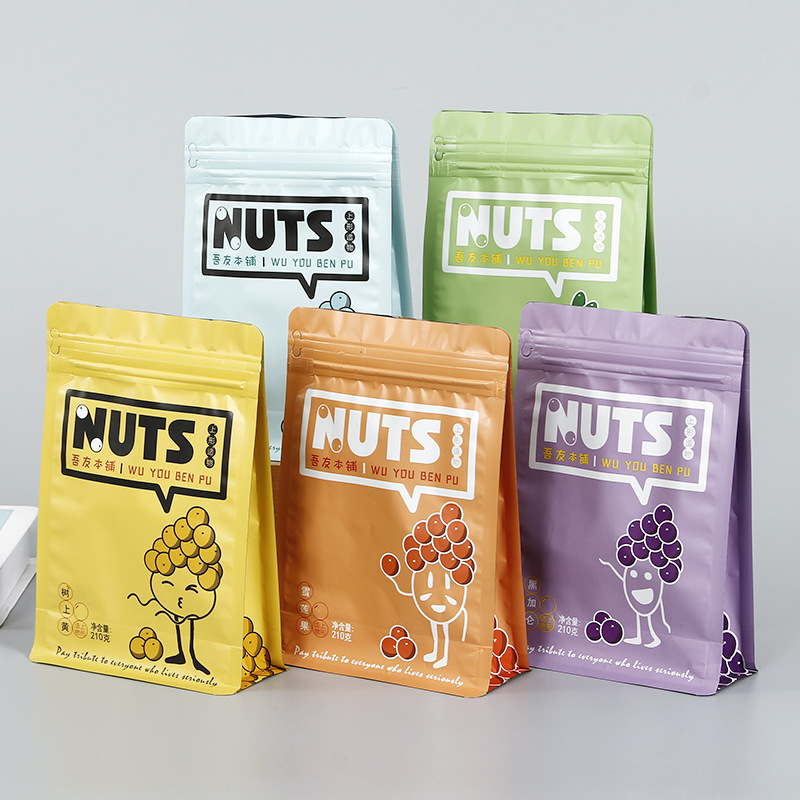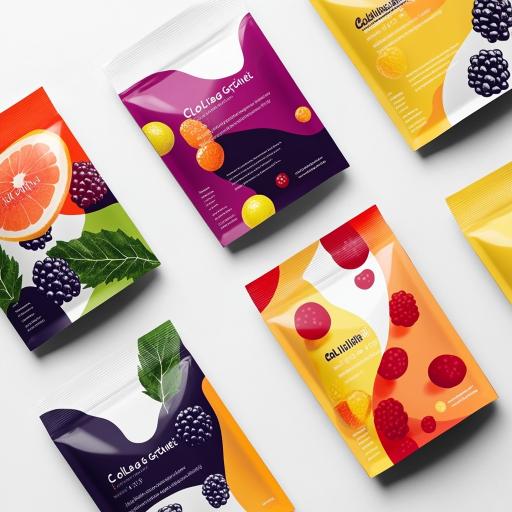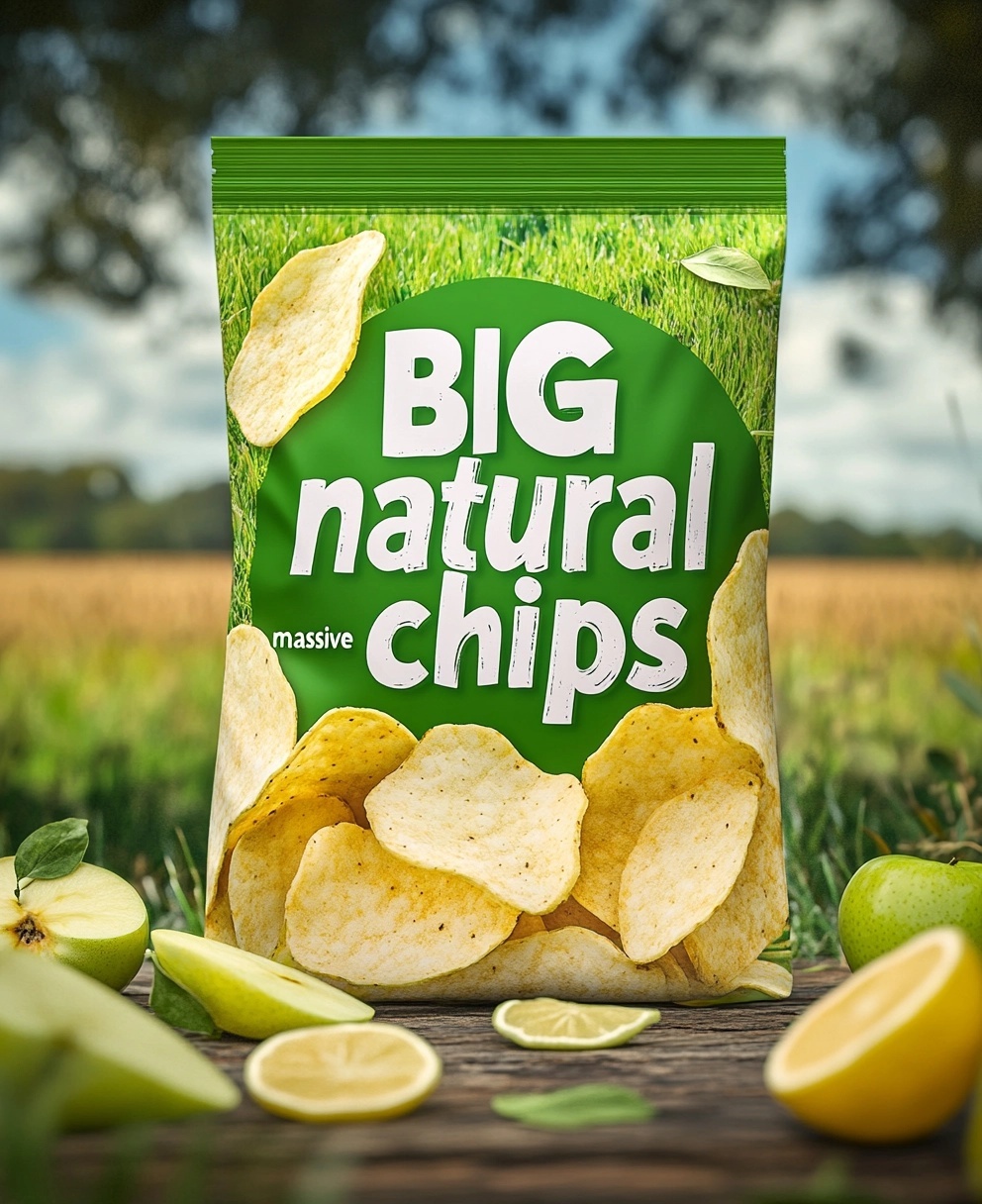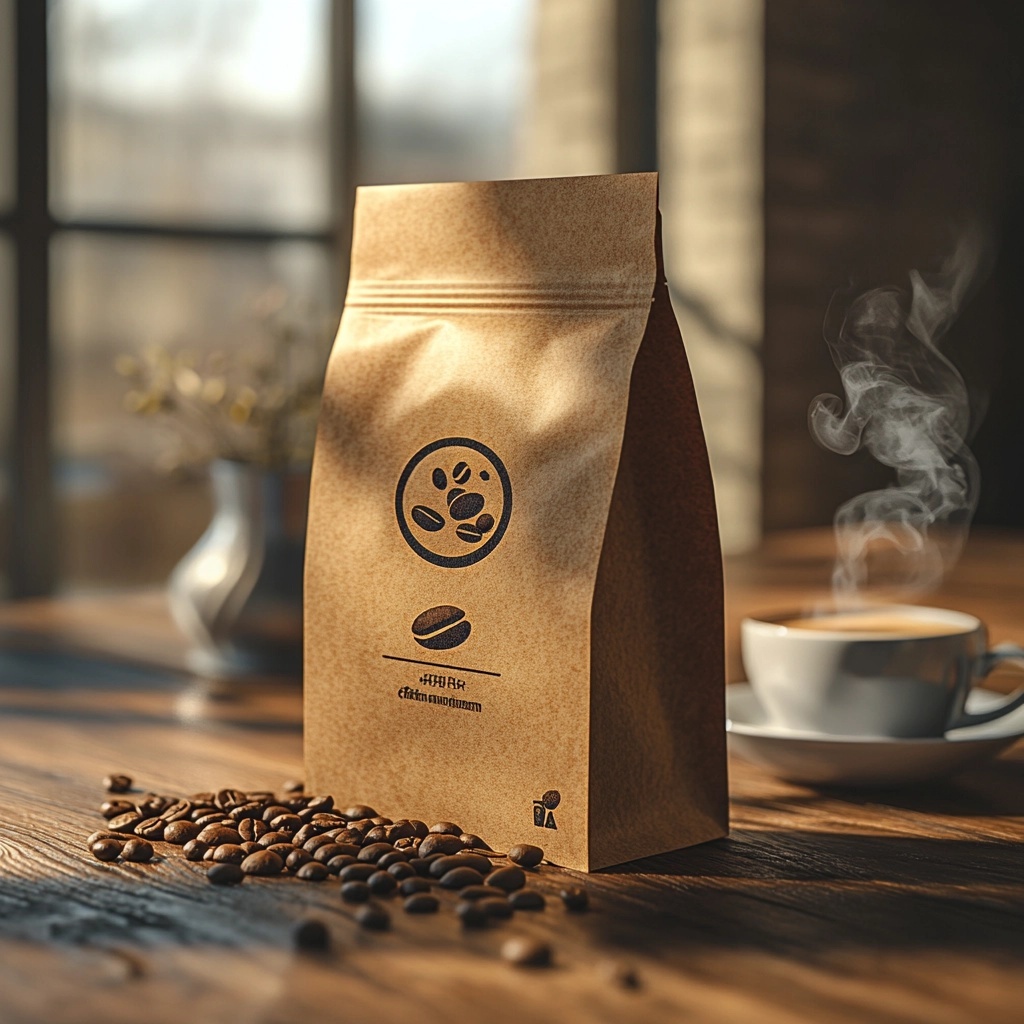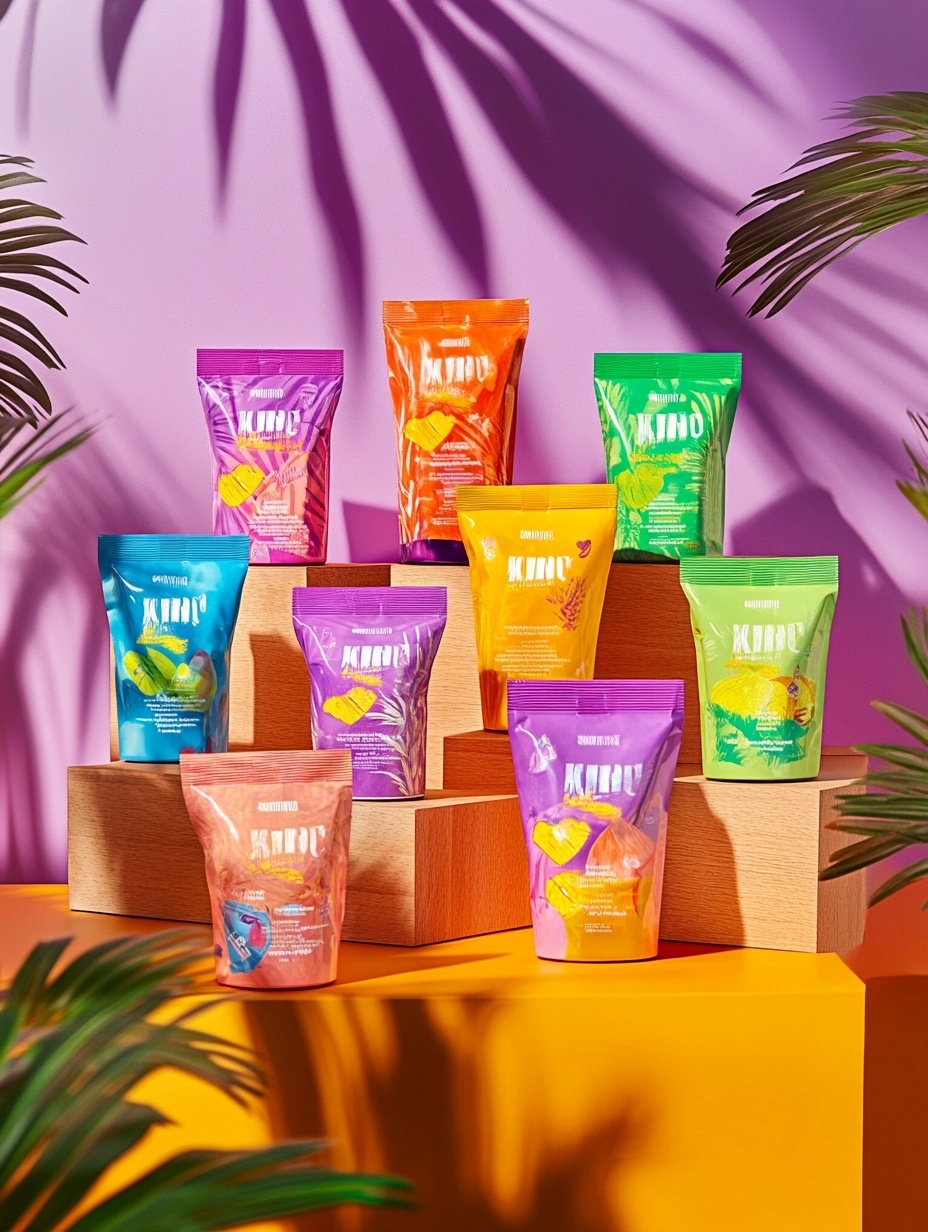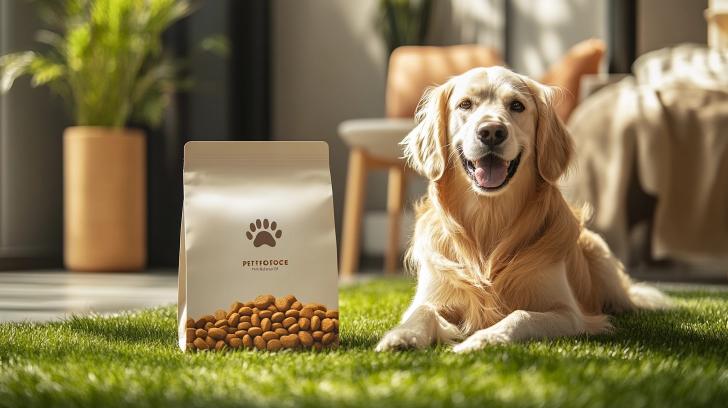Flat bottom pouches stand out—literally. But what’s behind their rock-solid shelf presence?
Their structure transforms weight distribution, gusset design, and seam architecture into a packaging advantage that supports both form and function.
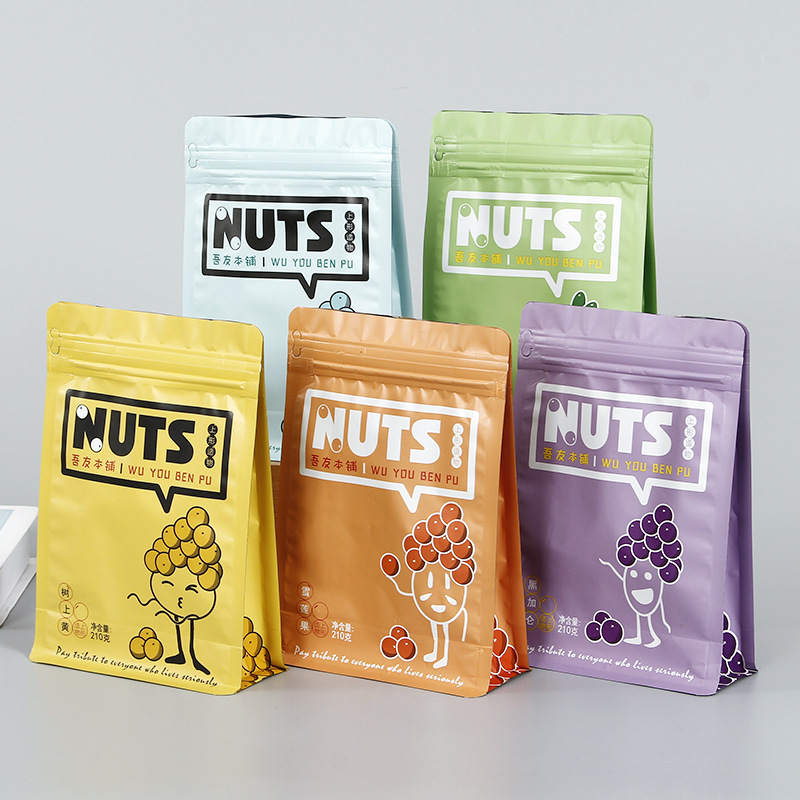
Most people notice the upright stance. But few realize the engineering precision behind it.
How Does Gusset Design Affect Package Stability?
Gussets are the hidden heroes of flexible packaging—they dictate how a pouch opens, stands, and holds shape.
Flat bottom pouches use a rectangular base gusset that acts like a platform, providing a stable foundation and low center of gravity.
Key Design Difference:
| Gusset Type | Description | Stability Impact |
|---|---|---|
| Doyen Bottom Gusset | Rounded or oval base (common in stand-up pouches) | Moderate, can wobble |
| K-Seal Gusset | Angled seals to support weight | Better for heavier loads |
| Flat Bottom Gusset | Fully flat rectangular base | Maximum shelf stability |
This flat surface allows the pouch to stand upright without external support, ideal for stacking, storing, or high-traffic retail environments.
Why Do Flat Bottom Pouches Need Less Shelf Support?
Traditional bags slump, lean, or fall over—especially when partially filled. Flat bottom pouches don’t.
Thanks to their five-panel structure, weight is evenly distributed, which keeps them upright even with shifting contents.
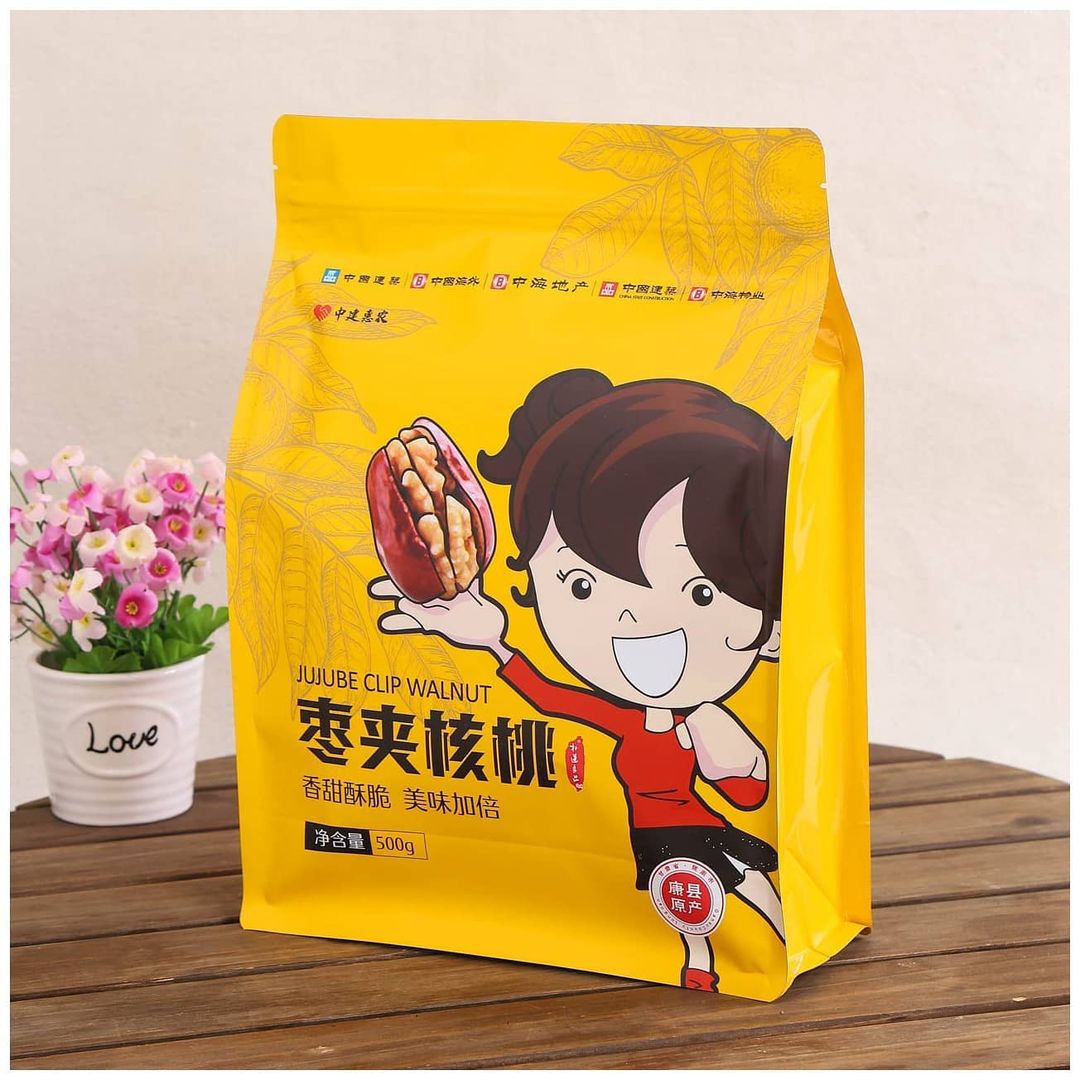
Design Advantages:
- Self-supporting bottom: Eliminates the need for secondary packaging (like cardboard trays)
- Consistent shape retention: Keeps a clean, professional appearance even after opening
- Easy refill and reseal: Makes it more functional for multi-use products
This means less shelf maintenance for retailers and better visual consistency for brands.
What Role Does Material Choice Play in Pouch Strength?
Structure is nothing without the right materials to support it.
High-tensile laminated films (like PET/PE, PET/AL/PE, or kraft laminates) provide the rigidity and flexibility balance needed for structural integrity.
Material Impact Table:
| Material Type | Benefit for Stability | Common Use Case |
|---|---|---|
| PET/PE Laminate | Excellent durability + printability | Food products, pet food |
| PET/AL/PE | High barrier with stiffness | Coffee, powder, liquids |
| Kraft/PET/PE | Eco look with firm body | Organic/natural positioning |
| Recyclable PE Mono | Sustainable, flexible structure | Eco-conscious brands |
These materials also affect how seams respond to stress, helping maintain upright structure even when packed tightly or under transportation pressure.
How Does Weight Distribution Impact Standing Power?
It’s not just the bottom—how contents settle inside the pouch plays a huge role in overall stability.
Flat bottom pouches distribute weight along a broader footprint, keeping contents from shifting and toppling the pouch.
Internal Engineering:
- Vertical seam placement enhances load-bearing ability
- Side panels act as tension buffers, absorbing impact during movement
- Thicker base layers resist flexing, especially for heavy goods (e.g., kibble or powders)
Compared to stand-up pouches, the weight is not just supported—it’s actively managed through internal pressure distribution.
Conclusion
Flat bottom pouches combine smart gusset geometry, optimal material strength, and weight distribution engineering to deliver unmatched shelf stability. They don’t just look premium—they perform like it.

